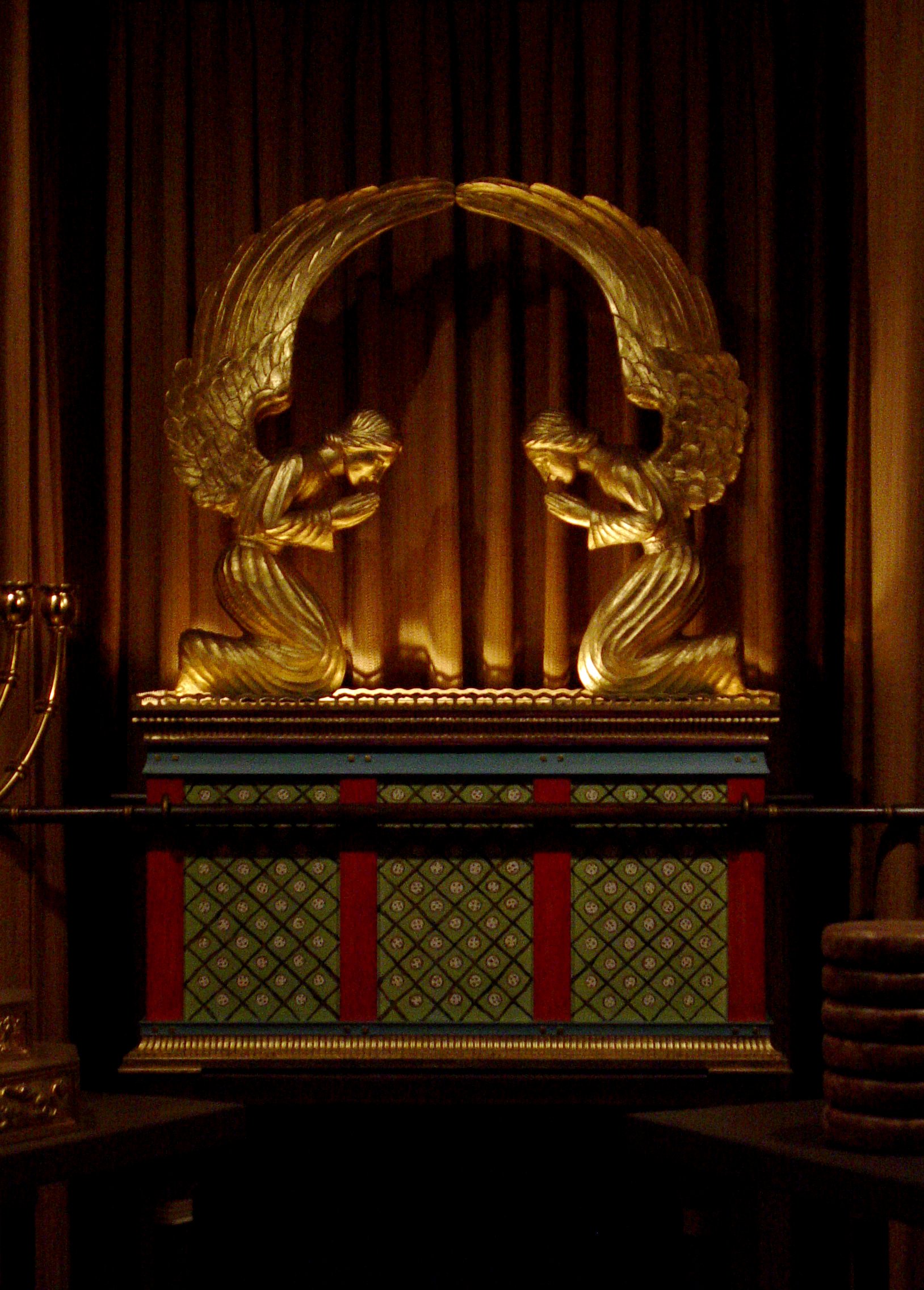"The Hebrew Goddess" is a book originally published in 1967. An enlarged edition from 1990 is readily available. The author, Raphael Patai, was a Jewish-American-Israeli scholar specializing in Jewish folk religion. The book looks slightly "alternative", but is actually well argued.
Judaism is usually depicted as a strictly monotheist religion opposed to "graven images". Also, its view of God is held to be masculine and therefore patriarchal. Both Jews and Protestants picture Judaism this way.
There's just one problem with the standard opinion. It's not really true...
Alongside the "orthodox" form of Judaism, there are strong strands of folk religion and mysticism where a de facto goddess figure takes center stage. A goddess that's eerily similar to the goddesses of other (pagan) Mideast peoples. But even "normative" Judaism turns out to be problematic, assuming there even is such a thing in the first place!
The Bible constantly condemns the Israelites and their kings for falling away from pristine monotheism. Nobody denies that the children of Israel worshipped Asherah, Astarte and Anath. Even a zealous Yahwist like king Jehu, who massacred Baal worshippers, couldn't or wouldn't destroy the Asheras or the golden calves. The Jerusalem Temple, that supposed bastion of orthodox normative Judaism, was strikingly similar to pagan temples. Indeed, the First Temple was *built* by pagans. Walls and veils were adorned with depictions of cherubim. Most famously, two large cherubim stood on the Ark of the Covenant in the Holy of Holies. "Graven images" indeed.
Patai believes that the cherubim in the Second Temple eventually were depicted intertwined with one another, that is, in sexual embrace. (Some Talmudic sources actually suggest this.) Jewish pilgrimages to the Temple were orgiastic, just like pagan temple worship. This was eventually stopped about one century before the Temple's final destruction. The idea that the two cherubim were of different genders is strikingly similar to the "paganizing" idea that Ashera was actually the wife of Yahweh!
But the most far-reaching goddess worship is associated with the Kabbala, the mystical tradition within Judaism which for centuries influenced the folk religion. Here, God really does have a wife, known as Matronit or the Matron. Matronit is both the daughter and the spouse of God. She is a virgin, yet has sexual intercourse with "the King" (Yahweh). She is also the goddess of war, death and destruction. Patai compares her with Kali! She is also strikingly similar to Ishtar or Pallas Athena. Her motherly aspect and role as Queen of Heaven is often compared to that of Mary in Catholicism and Orthodoxy. Interestingly, Mary was often reinterpreted as a war-leader, probably modelled on Pallas Athena.
Other female goddess-figures discussed in the book include the Shekina, the Sabbath, and even the demonic Lilith (since she takes the place as God's wife during the exile as a kind of anti-goddess).
Patai's interpretations of the Hebrew Goddess are often "Freudian" and psychoanalytical. That's hardly surprising, due to the explicit or implicit eroticism surrounding her. Why is the Matronit both a virgin, a faithful wife, a whore and a deadly destroyer? I admit that Freudian takes are almost inevitable here. Note the implication: the goddess is really the product of the male gaze in a patriarchal society! So much for empowering women...
Another thing that struck me was the similarity between folk Judaism and Mormonism. It's all there: sex between a god and a goddess begets spirit-children, anthropomorphic deities, the Queen of Heaven, Temple worship, implicit polytheism, etc.
But what struck me most was the fraudulent character of "aniconic monotheism". So ancient Judaism opposed graven images...except in the innermost sanctum of its own temple?! This must be the hight of chutzpah!
Jokes aside, I think it's obvious that most forms of invisible-god-smash-the-idols-monotheism are nothing of the kind. The Muslims worship at a pagan temple complete with a black meteorite, Christians actually pray to a man-god and believe in a trinity, and really existing Judaism has a family resemblance to the abominable paganism of the goyim...
But perhaps that's just as it should be. Maybe God shows himself - or is it herself - according to our level of understanding? Or folly!

Apropå gudinnor. https://kiremaj70.blogspot.com/2020/12/13-december.html
ReplyDeleteLite spooky och få paketleveranser halv fyra på morgonen...
ReplyDeleteMy first thought was of Inanna, the Sumerian goddess, later Ishtar, Astarte and Aphrodite etc. And much later of course Mary mother of Jesus. Talk about mythologies! So today we are fortunate (reference to another goddess) to have the internet as a tool to expand our understanding. From Kerala, India comes an essay attempting to delineate the manifestation of the Goddess over time. Catholics in India were news to me, although it explains why in my own experience here locally I do see east Indians attending Mass.
ReplyDeleteA thoughtful exposition, even when in somewhat stilted English.
And yes I read Rodenborg's blog reference.
https://almayasabdam.com/the-virgin-marys-cult-and-the-re-emergence-of-the-goddess/
More than one person, I think, have pointed out the strange fact that Mary was declared "Theotokos" at a Church council in Ephesus. The same place where Diana/Artemis was worshipped before the Roman Empire became Christian! "Great is the Diana of the Ephesians"...
ReplyDeleteIndian Church history is *very* complex. My understanding is that the Catholic Church came with the Portuguese. They then absorbed (or tried to absorb) the earlier Monophysite and Nestorian Churches. There is even a legend that the apostle Thomas traveled to India!
ReplyDeleteYes wiki has (as usual) a lot to report on the Nasrani or Saint Thomas Christians of India. I confess, Mr. Commander, it's all Malayalam to me!
ReplyDeleteThe mention of the Patriarch, Timothy, in wiki, is a clue to my true ID. My father would jokingly refer to me as Timotheos. Though I prefer the historicity of Timotheos of Miletus (musician/poet) over that of the Saint. ;-}
Delete